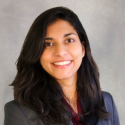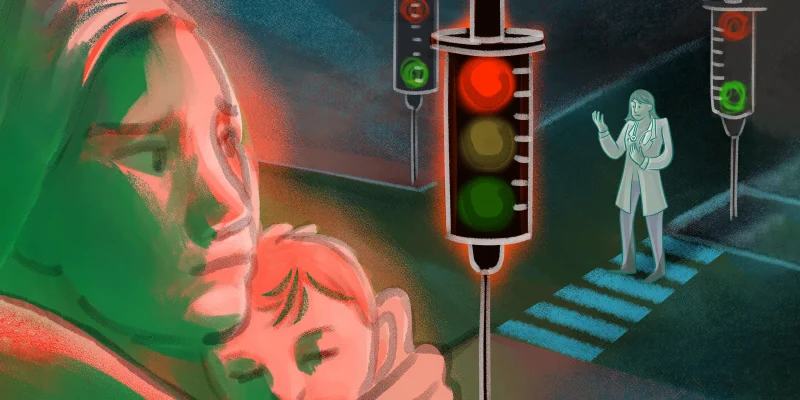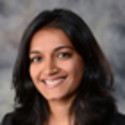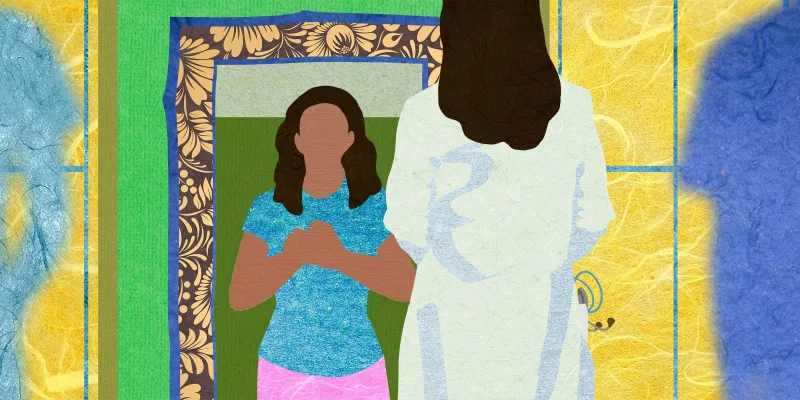It was 6:30 AM, the city was quiet, and I managed to find the convention center. I was caffeinated, excited, and ready to absorb everything the American Society of Anesthesiologists annual meeting (ASA22) had to throw at me. Registration was a breeze and once in the convention center, I began to execute my agenda. One 60-minute review session after another. The sheer magnitude of the conference was almost overwhelming. Tens of thousands of professionals engaged in the delivery of anesthesia all together in one place. There is certainly something different about attending a meeting in person compared to a virtual meeting. Shaking hands, observing body language, interpreting non-verbal communication, etc. I venture to say that most physicians do not enter the field of medicine for an opportunity to work solely in a virtual environment.
This point was driven home as I listened to a keynote session, delivered by a gentleman named Mick Ebeling, who founded the Not Impossible Labs. They are doing their best to make the impossible not impossible. He inspired me with his experiences traveling to and creating a 3D printing prosthetic laboratory in Sudan. He has undoubtedly improved the quality of life and the outlook of so many people by focusing his efforts on solving one problem for one patient at a time. What a speaker. And as he spoke, I thought about our anesthesiologists, particularly our critical care anesthesiologists, and their never-ending commitment to caring for the sickest patients in the direst situations. Trying to make what seems impossible possible. They are managing new and improved mechanical circulatory devices, intensifying their use of point-of-care ultrasound, and expanding our understanding of possibilities in mechanical ventilation. Our anesthesiologists are not only committed to caring for patients but also to asking questions. They allow themselves to wonder and then engage with others to invent new concepts and new approaches to difficult situations. Just sit in on a lecture describing a year in review and it is easy to see that our colleagues have nothing but initiative, followed by more initiative, followed by more initiative.
We are making improvements in fluid resuscitation, cardiopulmonary resuscitation, hemodynamic monitoring, intravenous anesthetic administration, etc. We are providing care for even sicker patients as we continue to promulgate this technology explosion. Our colleagues refuse to stop investigating. And it turns out you can teach an old dog new tricks. And you can also convince them to forget the old ones. That said, we all recognize that the gears of medicine and medical practice churn slowly. It’s important to note, however, that they do keep churning. It may take years for our specialty to implement a practice nationwide. It may take the same amount of time to gain national de-implementation of a practice. Think pulmonary artery catheter. Think hetastarch. This insight, provided by Dr. Craig Jabaley, during his presentation on new and reversed practices in critical care medicine, was most appreciated. As he alluded to, and as I am all too happy to resonate, we need to identify and eliminate low-value practices while moving toward precision medicine. We must be relentless in our continued quest for discovery. We must maintain our curiosity, exercise our genius, and hone our craft because somebody’s life does depend on it. And by doing such, we will make a difference.
This is my takeaway from ASA22. Our colleagues are bright, motivated, confident, and uncompromising in their dedication to high-quality patient care delivery. Together we will make a difference. We will find our Daniel. Together we are unstoppable! Now, on to that second cup of coffee.
Dr. Carness is an anesthesiologist in San Diego, CA, and is affiliated with Naval Medical Center San Diego. He specializes in critical care medicine, and has no conflicts of interest to report.
Image by DrAfter123 / GettyImages







